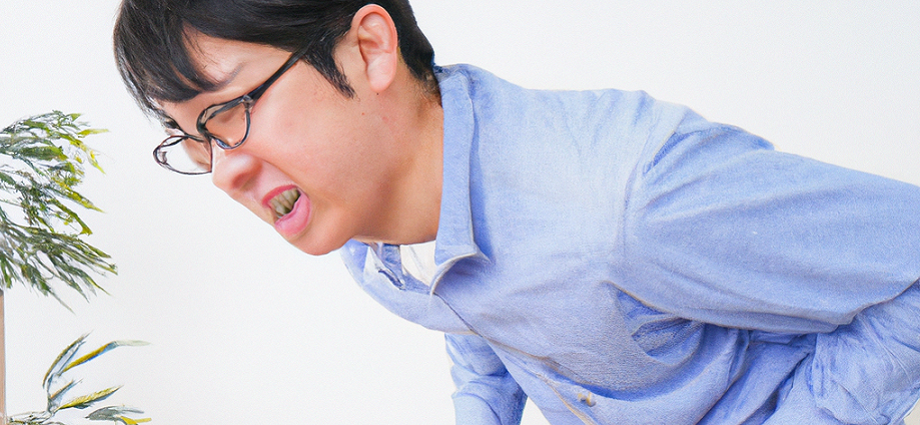Internal hemorrhoids can be a source of discomfort and pain, but many people don’t even realize they have them. If you’re experiencing discomfort in your rectal area, it’s important to understand the symptoms of internal hemorrhoids and how to manage them. In this article, we’ll cover everything you need to know about internal hemorrhoids, including their symptoms, causes, and treatment options.
What Are Internal Hemorrhoids?
Internal hemorrhoids are swollen veins in the rectum that can cause pain, itching, and bleeding. They are located inside the rectum, which is why they are called internal. External hemorrhoids, on the other hand, are located outside the rectum and can be seen and felt.
Internal hemorrhoids are common and affect about half of all adults at some point in their lives. They can be caused by a variety of factors, including straining during bowel movements, pregnancy, and sitting for long periods of time.
Symptoms of Internal Hemorrhoids
Internal hemorrhoids can be difficult to detect because they often don’t cause any symptoms. However, when they do cause symptoms, they can be very uncomfortable. Here are some of the most common symptoms of internal hemorrhoids:
Bleeding: Rectal bleeding bleeding is usually painless and occurs when passing stool. The blood is typically bright red and may be seen on the toilet paper or in the toilet bowl.
Itching and discomfort: Internal hemorrhoids can also cause itching and discomfort in the rectal area. This can be caused by the swelling of the veins and the irritation of the skin.
Pain: Although internal hemorrhoids are usually painless, they can cause pain in some cases. This is usually the case when the hemorrhoid has prolapsed, or fallen out of the rectum, and is being squeezed by the anal muscles.
Mucus discharge: Internal hemorrhoids can also cause a mucus discharge from the rectum. This discharge can be irritating to the skin and cause itching and discomfort.
Causes of Internal Hemorrhoids
There are several factors that can contribute to the development of internal hemorrhoids. Here are some of the most prevalent reasons:
Straining during bowel movements: Straining during bowel movements is one of the most common causes of internal hemorrhoids. This can be caused by constipation or diarrhea, both of which can put pressure on the rectal area.
Pregnancy: Pregnant women are more likely to develop internal hemorrhoids because the uterus puts pressure on the rectal area.
Sitting for long periods of time: Sitting for long periods of time can also contribute to the development of internal hemorrhoids. This is because it puts pressure on the rectal area and can cause the veins to swell.
Aging: As we age, the tissues in our body become weaker and more prone to injury. This can make the veins in the rectal area more susceptible to swelling and inflammation.
Treatment Options
If you’re experiencing symptoms of internal hemorrhoids, there are several treatment options available. The best treatment for you will depend on the severity of your symptoms and the cause of your hemorrhoids. Outlined below are some of the most frequently used approaches to treatment:
Lifestyle changes: Making lifestyle changes, such as eating a high-fiber diet, drinking plenty of water, and exercising regularly, can help prevent and treat internal hemorrhoids.
Over-the-counter treatments: There are several over-the-counter treatments available for internal hemorrhoids, including creams, ointments, and suppositories.
Preventing Internal Hemorrhoids
While some factors that contribute to the development of internal hemorrhoids, such as pregnancy or aging, are out of your control, there are still steps you can take to prevent internal hemorrhoids from developing or worsening. Here are some tips:
Eat a high-fiber diet: Eating a diet that is high in fiber can help prevent constipation and straining during bowel movements.
Drink plenty of water: Drinking plenty of water can help soften your stool, making it easier to pass.
Exercise regularly: Regular exercise can help promote bowel regularity and prevent constipation.
Take breaks from sitting: If you sit for long periods of time, make sure to take breaks and walk around periodically.
Don’t strain during bowel movements: Straining during bowel movements can put unnecessary pressure on the rectal area and contribute to the development of internal hemorrhoids.
Final Thoughts
Internal hemorrhoids can be a source of discomfort and pain, but there are many treatment options available to help manage the symptoms. By making lifestyle changes and seeking medical treatment when necessary, you can prevent internal hemorrhoids from developing or worsening. If you’re experiencing symptoms of internal hemorrhoids, talk to your doctor about the best treatment options for you. Remember, early intervention is key to preventing further complications and managing the pain.
In conclusion, internal hemorrhoids can be a painful and uncomfortable condition, but there are many treatment options available to help manage the symptoms. By seeking medical treatment, making lifestyle changes, and following your doctor’s advice, you can reduce your risk of complications and manage your symptoms effectively. Don’t suffer in silence, reach out to your doctor for help today.

